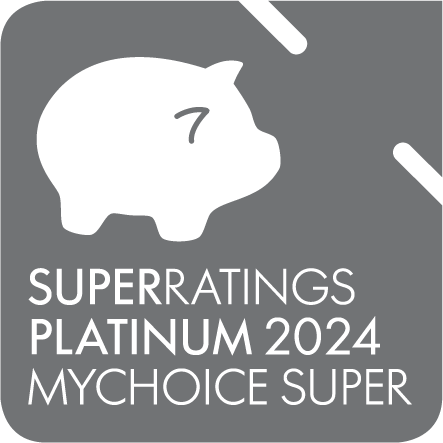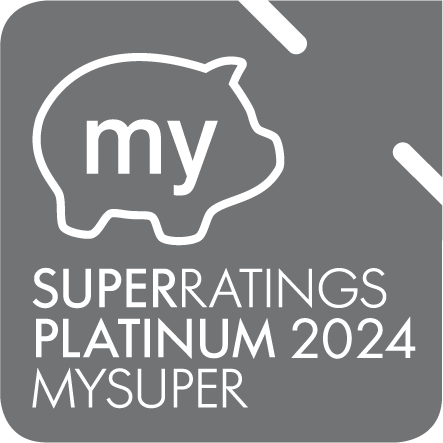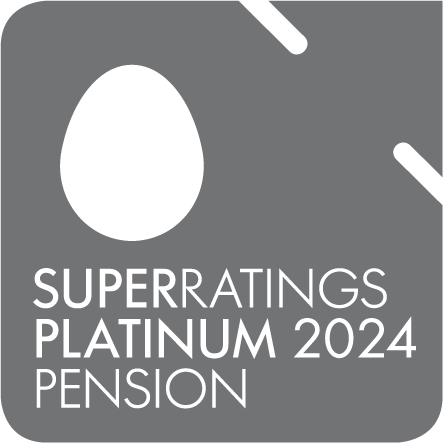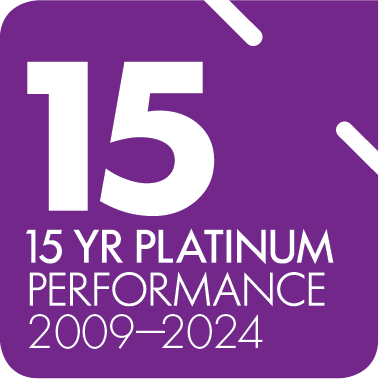We may reduce your IP monthly benefit by the amount of any of the following benefits you are entitled to as a result of your inability to work:
- Income protection benefit payments from another insurance policy or superannuation fund
- Sick leave payments made to you by your employer
- Court or out-of-court settlements relating to loss of income or loss of earning capacity that are directly or indirectly related to the illness or injury that forms the basis of your benefit being paid
- Worker’s compensation or motor accident compensation payments accident compensation or other similar benefits paid under State, Territory or Federal legislation, such as the Department of Veterans’ Affairs.
But your benefit will not be reduced by:
- Pension payments through your superannuation fund
- Income earned from your investments, including rental income
- Lump sum total and permanent disability, trauma or terminal illness benefit payments (including lump sum superannuation benefits)
- Annual leave or long service leave entitlements paid to you by your employer
- Centrelink or other government welfare payments
- Other termination payments (including redundancy or severance).















